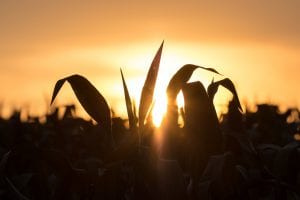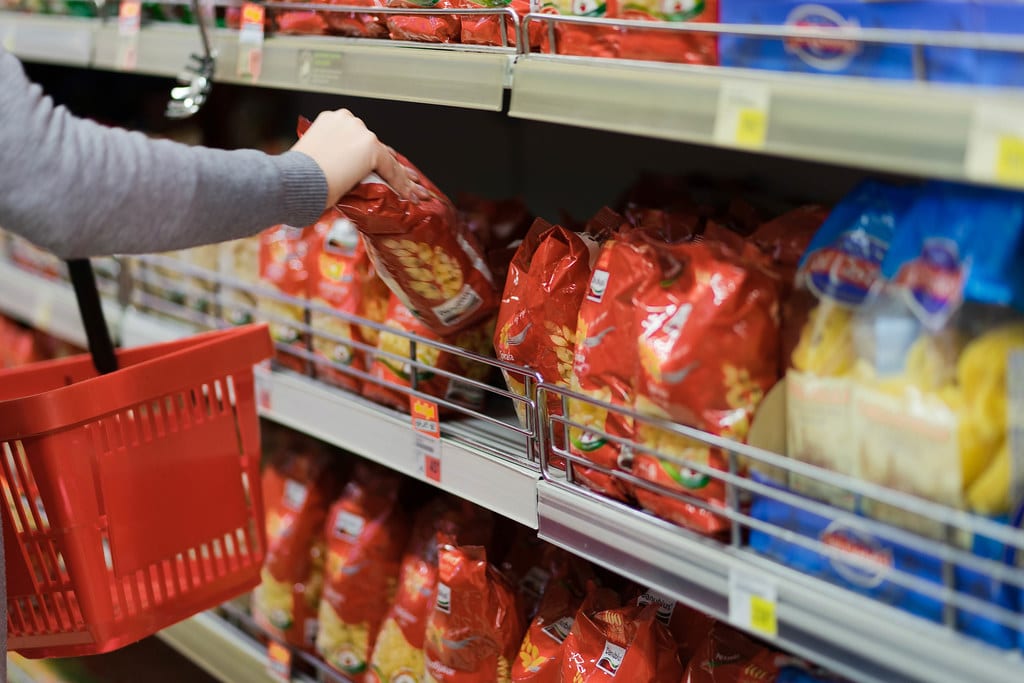Difficulty planting and harvesting the 2019 crops meant a rise in food prices, but mostly for someone else. That doesn’t mean our problems are over.
Earlier this year I posted about the soggy beginning of the agricultural season, speculating that the 2019 crops would come in late (if they came in at all) and cost consumers more at the store. Now that we’re ending the year and looking back at the season, how did that pan out? Let’s reflect, and then peer into the future to see what else may come in 2020 and beyond.
This year marked a growing awareness of how the rapidly arriving climate crisis will play havoc with the globalized, industrial food system. Midwestern flooding, persistent drought, western wildfires, and shifting climatic patterns repeatedly made the news.
Not only did farmers struggle to plant their swamped fields in a race against the seasonal clock, they also faced hardship during harvest. Farmers in South Dakota were flooded out of their fields again in September, preventing them from harvesting what crops they had managed to grow. An unseasonable October blizzard buried unharvested fields across the northern Plains, part of a crazy new normal that will make our far-flung food system increasingly unreliable. Michigan farmers harvested fewer 2019 crops than anytime in the last decade, with the USDA predicting a 9% smaller corn crop and 30% fewer soybeans due to excessive rain and flooding. In Nebraska, some acres were so damaged by this year’s wacky weather that they may be permanently unrecoverable for farming.
There’s less food being harvested this year, but did food prices rise? Yes, a bit. Prices for 2019 crops like vegetables, grains, and oilseeds started to rise in October, increasing 0.6% to 1.8% for common foods like dairy, meat, and vegetables, and they’re expected to become even more expensive next year. The price increase may have been kept in check by importing food from countries like Brazil, which exported 60,000 tons of corn to the U.S. in September. The United States is still a relatively rich nation (for now), able to absorb a small increase in price by outbidding poorer countries for food we normally grow domestically. Even Canadians are expected to pay only about $500 more for food in 2020. Mostly, the pain was felt by people in developing countries less able to afford it, and the major spike is expected to come in 2020.
To be fair, climate change isn’t the only factor affecting food prices. There’s also the price of oil to consider, since the industrial food system is dependent upon it. Government subsidies can cushion the price rise, but increase taxes and debt (or reduce services) instead. International law, trade wars, stockpiles, and market demand affect prices as well.

However, the long term outlook suggests that the era of predictable agriculture may well be drawing to a close. The 2019 crops are just the opening volley of a new pattern characterized by widespread droughts or floods in multiple “bread basket” regions simultaneously, meaning that we won’t be able to depend upon a global market to even out localized weather-related crop failures. Agricultural insecurity underlies civil unrest; remember how rising food prices drove the Arab Spring? It wouldn’t hurt to start disconnecting from the globalized, industrial food supply by developing and strengthening a decentralized food economy sooner than later. Support regional and local growers by giving them a market, and learn to prepare and enjoy foods that grow well in your area. Consider planting a “resistance garden” full of low-maintenance food-bearing perennials. Support food sovereignty movements and regenerative agriculture. The community you save (and feed) may be your own!
Related: 2019 Crops Dying, Expect Food Price Rise


Join the conversation!